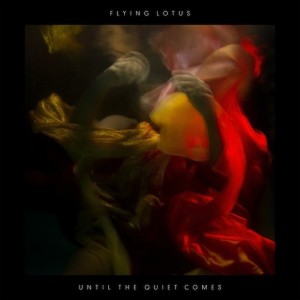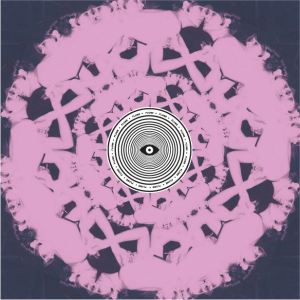Ever wonder why companies spend ridiculous amounts of money licensing popular songs for commercials? Brian Anthony Hernandez suggests on his Mashable article, “The Songs Behind Your Favorite Commercials,” that songs usually leave consumers with a positive impression of a brand.
Lately, commercials have featured many indie artists. Most likely, this is due to the increased popularity of the genre and the relatively cheap cost of licensing music from mostly unknown (but rising) artists.
Hernandez’s article included 15 ads with popular songs in them, including a few of my favorites: Kmart’s back to school ad with Janelle Monae’s “Tightrope” and Amazon’s Kindle ad with The New Pornographers’ “Sweet Talk, Sweet Talk.”
 The Kindle ads recently switched to “Sweet Talk, Sweet Talk” from Bibio’s “Lovers’ Carvings,” a song I might always associate with delightedly reading a Kindle on a lazy summer day — not that I’ve ever even used a Kindle. But that shows that adding music to ads can really work. Every time I hear those sweet strums in the beginning of “Lovers’ Carvings,” I immediately long for a day off to read— and maybe a hammock.
The Kindle ads recently switched to “Sweet Talk, Sweet Talk” from Bibio’s “Lovers’ Carvings,” a song I might always associate with delightedly reading a Kindle on a lazy summer day — not that I’ve ever even used a Kindle. But that shows that adding music to ads can really work. Every time I hear those sweet strums in the beginning of “Lovers’ Carvings,” I immediately long for a day off to read— and maybe a hammock.
It’s probably no coincidence that what might be my favorite commercial features indie music. The first time I saw the Subaru Outback “Honeymoon” commercial, I probably wasn’t even paying attention to what was on the TV. But  then I heard M. Ward’s soft-but-rough voice and took notice. Since then, I’ve watched it countless times on TV and online. It has a cinematic quality to it, with a beautiful story line, but for me, it’s still the music that makes it all come together. Without M. Ward’s “Here Comes the Sun Again,” I might never have even noticed it.
then I heard M. Ward’s soft-but-rough voice and took notice. Since then, I’ve watched it countless times on TV and online. It has a cinematic quality to it, with a beautiful story line, but for me, it’s still the music that makes it all come together. Without M. Ward’s “Here Comes the Sun Again,” I might never have even noticed it.
So even though I don’t immediately feel the need to run to Target when I hear Someone Still Loves You Boris Yeltsin in the ad, the music can create powerful associations that can turn into brand loyalty.



 Recently, Converse has been pairing artists to create original tracks to promote the brand. The first was
Recently, Converse has been pairing artists to create original tracks to promote the brand. The first was  Now, in addition to the songs and Converse’s
Now, in addition to the songs and Converse’s  The Johnny Cash Project
The Johnny Cash Project The band’s online video for “We Used to Wait,” directed by Chris Milk, is a completely unique experience. The project,
The band’s online video for “We Used to Wait,” directed by Chris Milk, is a completely unique experience. The project,  Arcade Fire also opted to work with YouTube, Vevo and American Express tostream its sold-out Madison Square Garden show online. The stream, directed by
Arcade Fire also opted to work with YouTube, Vevo and American Express tostream its sold-out Madison Square Garden show online. The stream, directed by 










